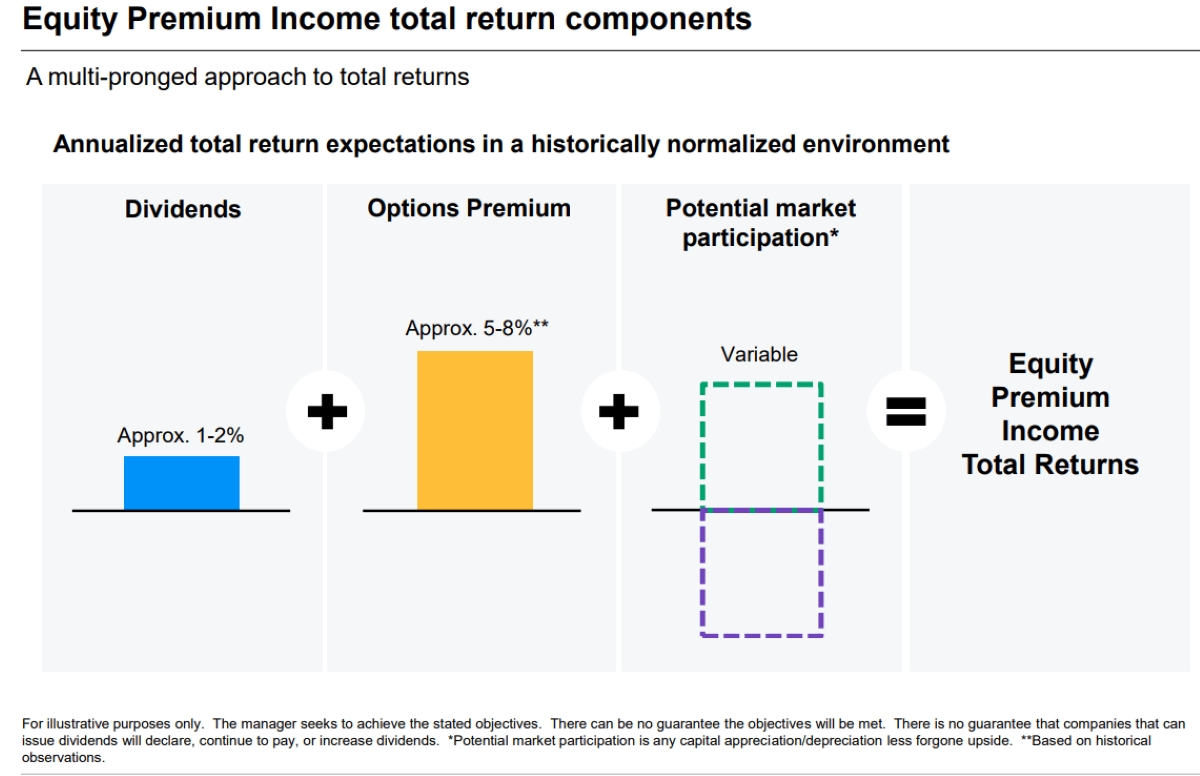

Finance
Cross-Currency Settlement Risk Definition
Published: November 5, 2023
Learn the definition of cross-currency settlement risk in finance and its impact on international transactions.
(Many of the links in this article redirect to a specific reviewed product. Your purchase of these products through affiliate links helps to generate commission for LiveWell, at no extra cost. Learn more)
Cross-Currency Settlement Risk Definition: Understanding the Basics
Welcome to the Finance category of our blog! Today, we are delving into an important concept in the world of finance – cross-currency settlement risk. In this blog post, we will explain what cross-currency settlement risk is, why it matters, and how it can impact various financial transactions. So, let’s get started!
Key Takeaways:
- Cross-currency settlement risk refers to the potential of losses arising from the exchange rate fluctuations between two different currencies during a settlement process.
- This type of risk can impact various financial transactions, including international trade, foreign investments, and cross-border payments.
Now, let’s dive deeper into the definition of cross-currency settlement risk. Simply put, this risk arises when parties involved in a financial transaction need to settle in a currency different from their base currency. In such cases, fluctuations in exchange rates can lead to potential losses.
For instance, imagine a scenario where a company based in the United States is importing goods from a supplier in Japan. The US company needs to pay the supplier in Japanese Yen (JPY), but the exchange rate between the US Dollar (USD) and JPY can change between the time of the order placement and the actual payment settlement. If the JPY strengthens against the USD, the US company would need to pay more in USD to fulfill the payment, resulting in a loss due to the unfavorable exchange rate.
Cross-currency settlement risk can impact a wide range of financial transactions, including international trade, foreign investments, and cross-border payments. Here are a few examples where this risk becomes significant:
- International Trade: When companies engage in cross-border trade, they often need to settle payments in foreign currencies. Fluctuations in exchange rates can impact the profitability of these transactions.
- Foreign Investments: Investors who buy assets denominated in foreign currencies face cross-currency settlement risk. Changes in exchange rates can impact both the initial investment and the ultimate return.
- Cross-border Payments: Individuals or businesses making cross-border payments are exposed to cross-currency settlement risk. The amount paid in the recipient’s currency can vary due to exchange rate fluctuations.
To mitigate cross-currency settlement risk, various strategies can be employed. Some common approaches include:
- Hedging: Companies and investors can hedge against exchange rate fluctuations by using financial instruments, such as forward contracts or options, to lock in a specific exchange rate for future settlements.
- Netting: Netting involves consolidating multiple transactions denominated in different currencies to reduce the overall exposure to exchange rate fluctuations.
- Centralized Treasury Management: By centralizing treasury management, companies can better manage and mitigate cross-currency settlement risk through streamlined processes and risk management strategies.
In conclusion, cross-currency settlement risk is a crucial aspect of the finance world, particularly for those involved in international transactions. Understanding this risk and implementing appropriate risk management strategies is vital for financial stability and success. By doing so, individuals and businesses can navigate the complexities of cross-currency settlement risk and protect themselves from potential losses.














